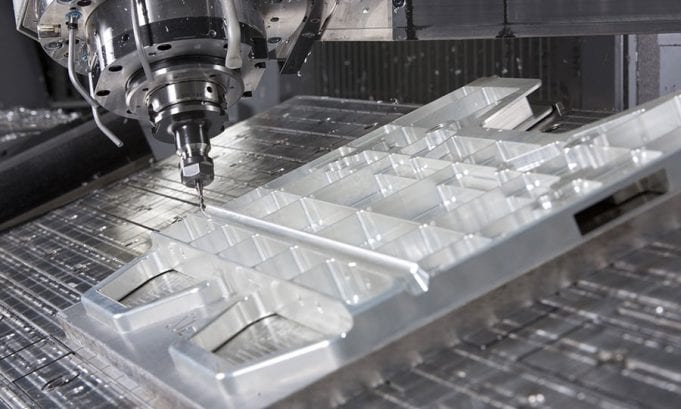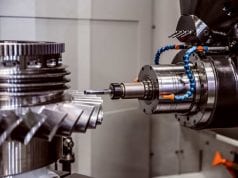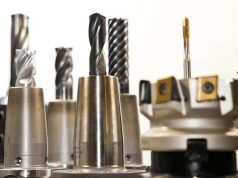In this day and age, aluminum has gone from just the material used in roofing projects to a versatile, do-it-all metal that is now seen everywhere – from consumer electronics to aerospace engineering and automotive parts manufacturing.
A combination of desirable characteristics possessed by aluminum makes it the perfect material for use in the manufacture of a variety of parts, products, and machinery. By nature, aluminum is a soft, malleable material. This means that it is the easiest of metals to work, drill, cut, and mill. It is also lightweight and ergonomically agile, with a density of around 2.68.
To boot, it has a relatively low melting point of around 640 degrees Celsius (not to be confused with the Fahrenheit measure that generally converts higher).
Now, the kind of aluminum you’ll want to use will depend on the project’s particulars. There are different aluminum grades, each with its own set of features, advantages, and disadvantages that differ slightly. Proper research into the different grades – that include 6061, 7075, and 2025 –is required to drive the best possible results.
CNC Machining
When it comes to milling and machining aluminum and aluminum alloys these days, the most commonly used approach to this end is CNC machining. It has come to overshadow almost all of the previously used approaches and presents as a more expedient and efficient way to machine aluminum.
By nature, CNC machining represents the future of large scale prototype and finished product fabrication. Fully spelled out, the acronym means Computer Numerical Controlled Machining.
With regard to prototyping, CNC machining is the go-to fabrication method. The most commonly used aluminum grade for prototype fabrication is the 6061-T6 alloy. The heavenly combination of low density but high strength makes it such that despite the fact that the solid sheets and blocks of aluminum are easy to work, they will not deform under high pressure.
In comparison to other metals like steel, copper, and iron, machining aluminum requires much less cutting force. This means that during the process of milling the aluminum, the tools’ cutting edges see much less thermal conductivity and lower thermal loading. This doesn’t mean, however, that milling aluminum is a perfect, hassle-free process. It is important to note that the alloy nature of the metal can sometimes make the composition of aluminum varied by nature, thereby affecting the machinability.
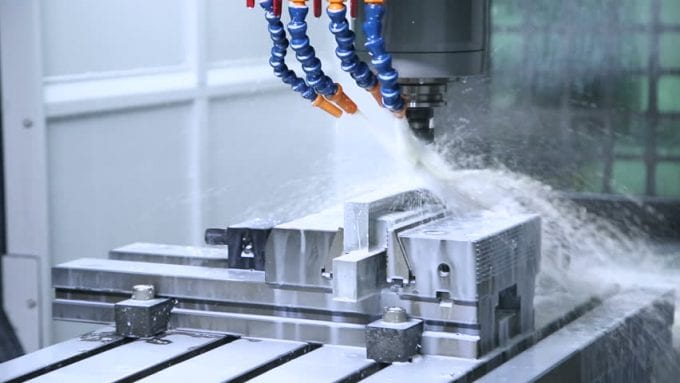
Now, as mentioned earlier, a litany of industries rely on aluminum to function. However, the way in which every niche utilizes and works the aluminum material differs from one field to another. For example, in determining the right kind of CNC equipment to use in precise tool manufacturing, there has to exist a thorough level of attention towards details like cutting geometry, tool materials, and tool maintenance and treatment.
Aluminum, in its raw material form, usually comes in the shape of a solid block. Sometimes, especially in large equipment industries, these blocks can weigh upwards of tens of tons each. Since CNC machining is a subtractive process, for the most part, a large volume of the total weight is removed as part of the milling process – until the final product is achieved.
CNC machining also requires much less labor than other more traditional means of metal milling. Generally, only a handful of technicians are required to run the machines. These machines that include millers, drilling machines, and cutting machines of all kinds require little to no physical handling. Instructions are keyed into a computer program, allowing the machine to receive interpreted schematics and execute commands accordingly.
A Short History
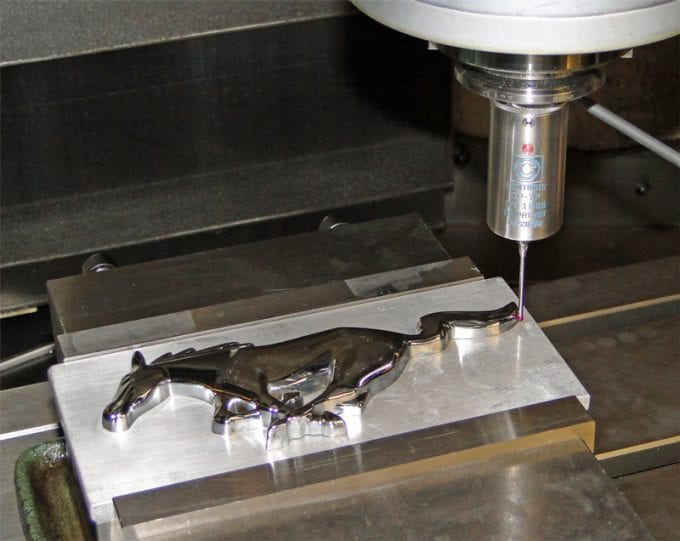
We have harped on about the present situation of CNC aluminum machining as the preeminent method by which aluminum is machined into parts and products. Now, however, we are going to take a little look at a bit of history. Go here is you are looking for more information about aluminum machining.
For centuries, machining has existed as a set of methods and procedures through which metal is removed from metal, gradually revealing a finished item. These processes included drilling, shaping, and grinding.
In the 1940s however, the foundations would be laid for a series of cosmic changes in the world of metal machining. John Parsons (of Parsons Corporation) tested and implemented a system that controlled machining equipment with the use of holes and punch cards. This would eventually come to be known as Numerical Control.
CNC came to replace NC (Numerical Control) as a result of both the advent of newer, faster, easier and more convenient computer technologies as well as the perceived room for improvement that existed at the time. The programming time for machining tools was too long, and the process too grueling. To boot, programming errors were particularly common due to how convoluted the process was.
Nowadays, CNC businesses of all kinds, large independent shops, and smaller shops alike use Distributed Numerical Control software (an evolution of CNC), which allows programmers to manage and control many CNC units one central control unit.
The Future
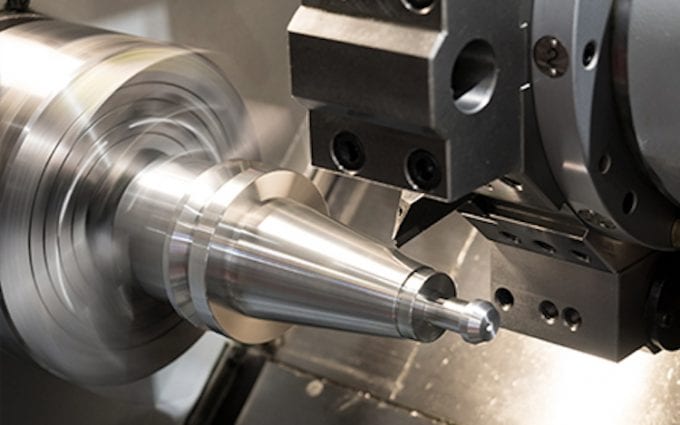
We live in a brave new world. There are immense possibilities in the field of aluminum machining. With the turn of every decade, there are evolutions on existing technologies as well as the development of brave new technologies that make the job more accurate, faster, and more precise. In the hunt for perfection, the scramble for constant technological improvement has let to gargantuan levels of progress in the way aluminum is milled and machined.
Another factor driving these wanton advancements is the rapid growth of the human population and increased urbanization. More and more people can afford to fly, buy consumer electronics, drive cars, and build large, opulent houses. As such, the demand for goods manufactured using aluminum is higher than it has ever been. To meet this demand, innovation has to be developed to cut costs and save time constantly. Industries, countries, and companies alike are investing copious amounts of money in a bid to come up with new, life easing technologies.

